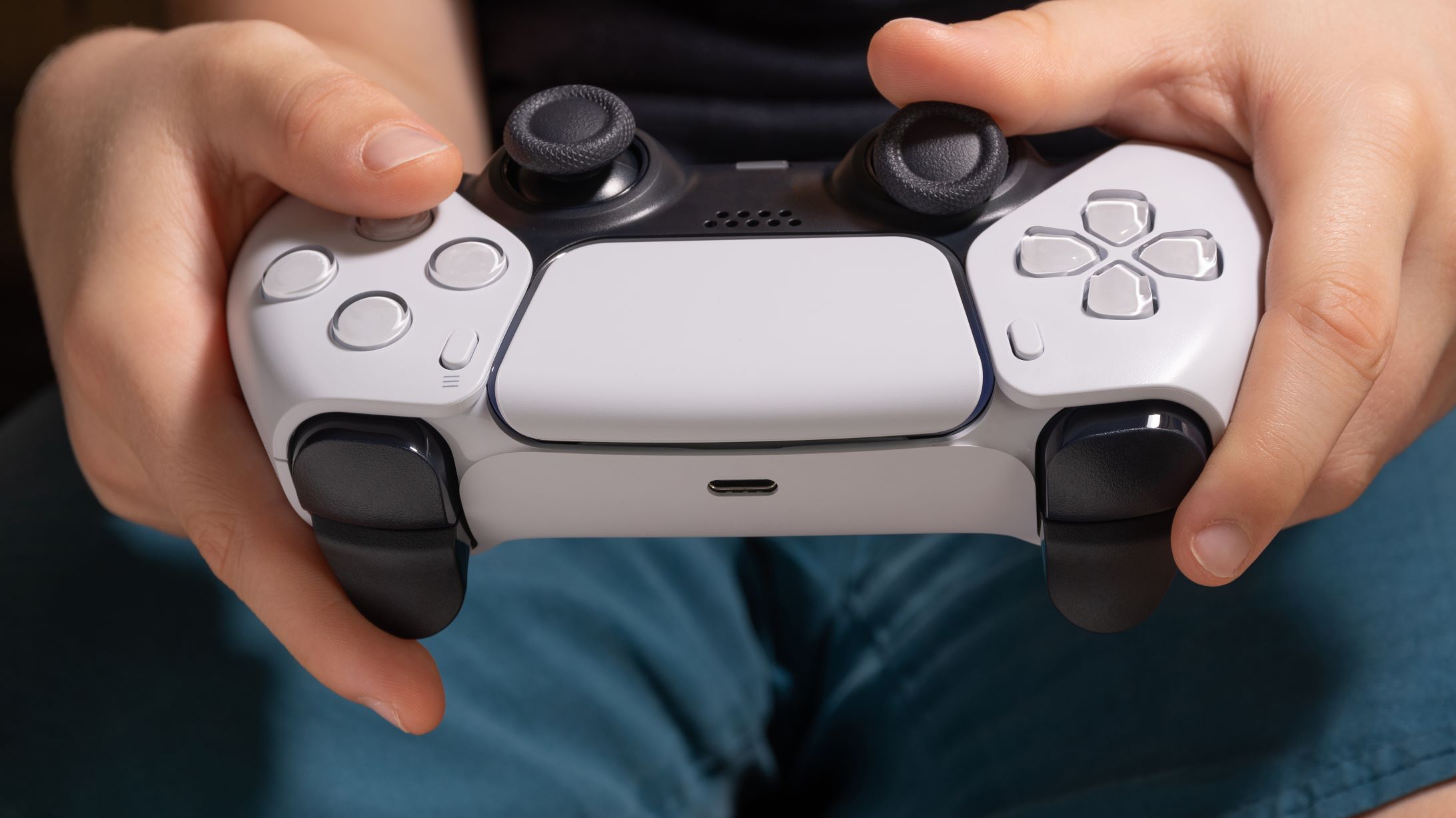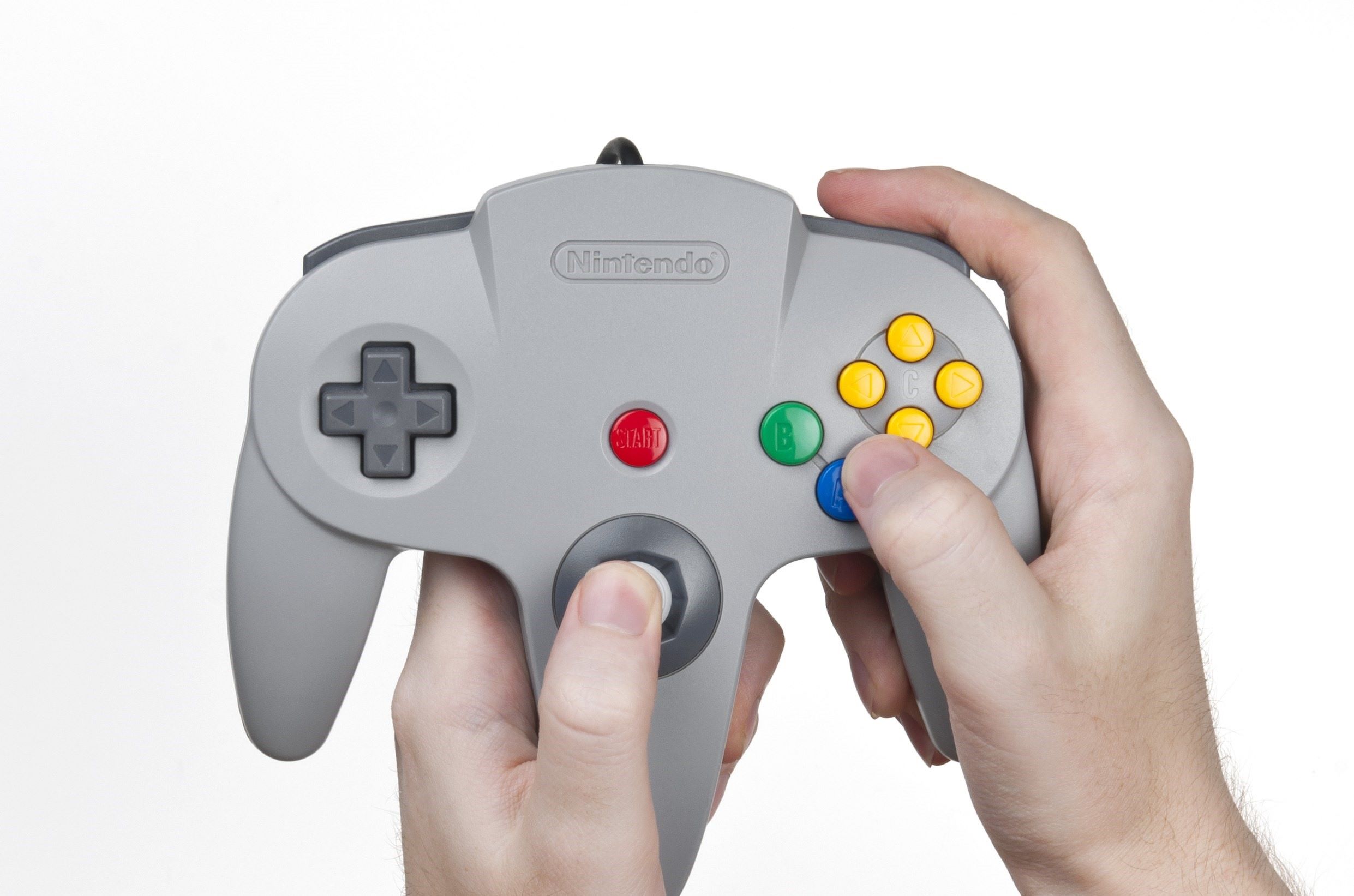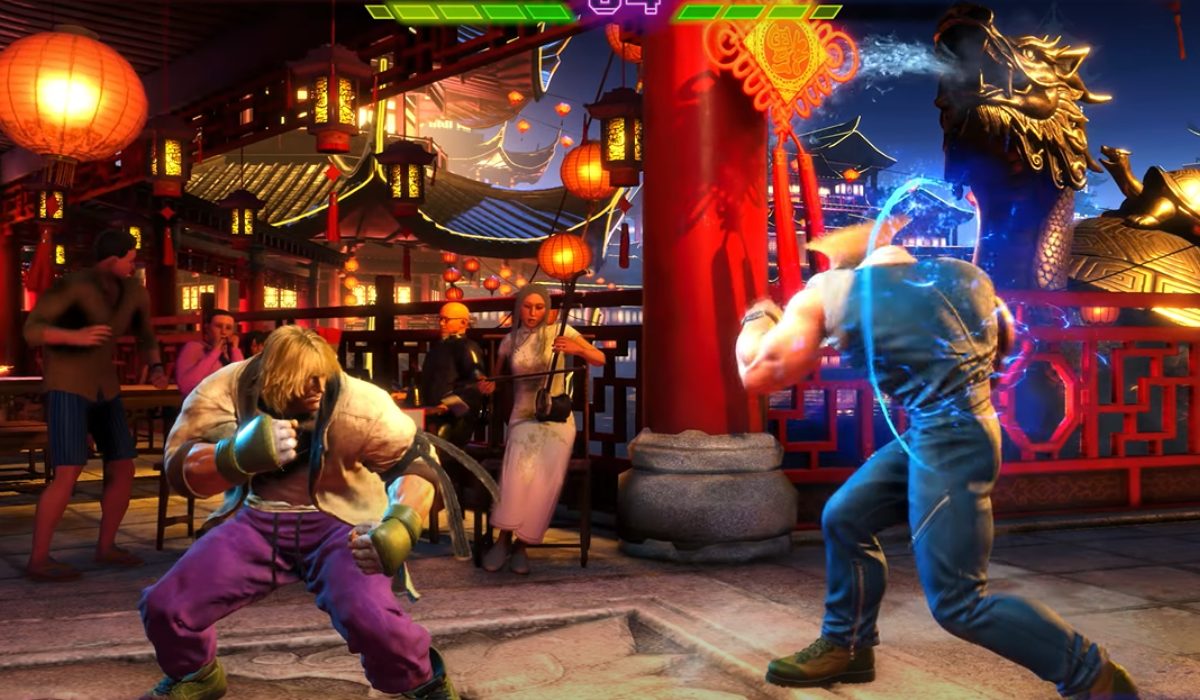Introduction
Playing fighting games can be an exhilarating experience, immersing players in intense battles and strategic combat. However, mastering these games often requires a strong command of the game controller. The way you hold the controller can significantly impact your performance in the game, affecting your speed, accuracy, and overall gameplay. Whether you're a seasoned gamer or just starting out, understanding the proper techniques for holding a game controller for fighting games is essential for honing your skills and enjoying a competitive edge.
In this guide, we'll explore the various gripping techniques and hand placements that can enhance your control and precision when playing fighting games. From the traditional standard grip to the advanced claw grip, each method offers unique advantages that can elevate your gaming experience. Additionally, we'll provide valuable tips for improving your grip and optimizing your gameplay. By mastering the art of holding a game controller for fighting games, you can unleash your full potential and dominate the virtual battlefield.
So, whether you're aiming to outmaneuver opponents in a local tournament or simply seeking to enhance your gaming prowess, understanding the fundamentals of holding a game controller for fighting games is a crucial step toward achieving your goals. Let's delve into the intricacies of controller grip techniques and explore how they can elevate your performance in the adrenaline-pumping world of fighting games.
Understanding the Basics of Holding a Game Controller
Before delving into specific gripping techniques, it’s essential to grasp the fundamental aspects of holding a game controller. The controller serves as the primary interface between the player and the game, dictating the player’s ability to execute moves, combos, and maneuvers with precision and speed. The way you hold the controller directly influences your dexterity and responsiveness during gameplay.
One crucial factor in controller grip is comfort. The grip should feel natural and allow for prolonged use without causing strain or discomfort. Additionally, the grip should facilitate quick and seamless access to all buttons and analog sticks, enabling swift reactions and precise inputs.
Furthermore, understanding the ergonomic design of the controller is pivotal. Game controllers are engineered with careful consideration of hand anatomy and movement patterns. By aligning your grip with the controller’s design, you can leverage its ergonomic features to optimize your performance.
Another key consideration is adaptability. Different gripping techniques may be more suitable for specific games or playstyles. As such, having a versatile grasp of the controller can empower you to adapt to various gaming scenarios and capitalize on diverse gameplay mechanics.
Ultimately, comprehending the basics of holding a game controller involves recognizing the symbiotic relationship between the player’s hands and the controller. By establishing a solid foundation in controller grip fundamentals, you can lay the groundwork for mastering advanced gripping techniques and maximizing your gaming potential.
The Claw Grip Technique
The claw grip is an advanced controller holding technique that has gained popularity among competitive gamers, particularly in the realm of fighting games. This unconventional grip involves positioning the index finger over the face buttons while resting the thumb on the analog stick or directional pad. Meanwhile, the middle and ring fingers maintain support on the back of the controller, forming a claw-like configuration.
One of the primary advantages of the claw grip is the ability to simultaneously access the face buttons and the analog stick or directional pad without sacrificing responsiveness. This dexterity allows players to execute complex combinations and swift movements with heightened efficiency, granting a competitive edge in fast-paced fighting game scenarios.
Furthermore, the claw grip minimizes the time required to transition between inputs, enabling seamless transitions between offensive and defensive maneuvers. This can be particularly advantageous in high-stakes battles where split-second decisions can determine the outcome of a match.
It’s important to note that mastering the claw grip requires practice and adaptation, as it diverges from the traditional controller holding method. Players who adopt the claw grip often undergo a transitional phase to acclimate their hand muscles and reflexes to this unique technique.
While the claw grip offers distinct advantages in terms of speed and versatility, it may not be suitable for all players. Individual hand anatomy and personal comfort play a significant role in determining the viability of the claw grip for each player. Experimenting with different gripping techniques and assessing their impact on your gameplay can help you determine whether the claw grip aligns with your gaming style and preferences.
The Standard Grip Technique
The standard grip technique represents the conventional method of holding a game controller and serves as the default approach for many gamers. In this grip, the player holds the controller with both hands, using the thumbs to operate the analog sticks or directional pad and the index fingers to access the face buttons.
One of the key advantages of the standard grip is its familiarity and widespread acceptance. Many gamers naturally gravitate toward this grip due to its intuitive nature and ergonomic design, which aligns with the natural resting position of the hands.
Additionally, the standard grip offers stability and comfort, allowing for extended gaming sessions without inducing strain or discomfort. This grip provides a solid foundation for executing precise movements and inputs, making it well-suited for a wide range of gaming genres, including fighting games.
Moreover, the standard grip technique promotes consistency and muscle memory development. By adhering to a consistent gripping method, players can refine their motor skills and enhance their muscle memory, leading to improved reflexes and execution of complex maneuvers in fighting games.
While the standard grip technique may lack the immediate dexterity of the claw grip, it remains a reliable and accessible approach that caters to a broad spectrum of gamers. Its balanced distribution of control across the hands facilitates coordinated gameplay and fosters a sense of control and precision.
Ultimately, the standard grip technique serves as a foundational grip that accommodates players of varying skill levels and preferences. Its versatility, comfort, and stability make it a dependable choice for those seeking a traditional yet effective method of holding a game controller for fighting games.
The Importance of Hand Placement
Hand placement on the game controller plays a pivotal role in shaping the player’s gaming experience, directly influencing comfort, control, and maneuverability. Whether employing the claw grip or the standard grip technique, strategic hand placement can significantly enhance a player’s ability to execute precise inputs and navigate the virtual battlefield with finesse.
For the claw grip, the placement of the index finger over the face buttons and the thumb on the analog stick or directional pad is paramount. This configuration enables swift transitions between movement and action, empowering players to seamlessly execute intricate combos and maneuvers without sacrificing responsiveness.
Conversely, the standard grip technique emphasizes the positioning of the thumbs on the analog sticks or directional pad, allowing for precise control over character movement and navigation. Meanwhile, the index fingers are poised to engage the face buttons with agility, facilitating quick and deliberate inputs during intense combat sequences.
Furthermore, hand placement influences the distribution of pressure and support across the controller, contributing to stability and comfort during extended gaming sessions. By maintaining balanced hand placement and applying optimal pressure points, players can mitigate hand fatigue and sustain peak performance throughout their gaming endeavors.
Another critical aspect of hand placement is the alignment of the hands with the controller’s ergonomic design. Leveraging the controller’s contours and grip-friendly features through strategic hand placement can enhance comfort and promote natural hand movements, fostering a seamless connection between the player and the game.
Ultimately, the importance of hand placement extends beyond mere physical positioning; it encompasses the harmony between player and controller, optimizing the interface for fluid and intuitive interaction. By conscientiously considering hand placement, gamers can harness the full potential of their chosen gripping technique and elevate their gaming proficiency to new heights.
Tips for Improving Your Grip
Enhancing your grip on the game controller is a continuous process that can significantly impact your performance in fighting games. Whether you’re refining your existing gripping technique or experimenting with new approaches, the following tips can help you optimize your grip and elevate your gaming experience:
- Experiment with Different Gripping Styles: Don’t hesitate to explore alternative gripping techniques, such as the claw grip or variations of the standard grip. Assess how each style influences your comfort, control, and execution in fighting games, and identify the approach that resonates best with your playstyle.
- Customize Controller Settings: Many modern controllers offer customization options, allowing you to adjust button mapping, sensitivity, and trigger configurations. Tailoring these settings to suit your preferred gripping technique can enhance your overall grip comfort and optimize button responsiveness.
- Invest in Controller Accessories: Consider utilizing controller accessories, such as grip attachments or extended thumbsticks, to augment the ergonomics of your controller and enhance your grip stability. These accessories can provide additional support and comfort during intense gaming sessions.
- Practice Hand-Eye Coordination Exercises: Engage in hand-eye coordination drills and exercises to enhance your reflexes and precision while using your preferred gripping technique. These exercises can improve your muscle memory and fine-tune your control over the controller.
- Maintain Relaxation and Posture: Pay attention to your hand and body posture while gripping the controller. Avoid tensing your muscles excessively and strive to maintain a relaxed yet poised grip. Additionally, maintain proper posture to minimize strain and fatigue during extended gaming sessions.
- Seek Comfortable Hand Positions: Experiment with subtle adjustments to your hand placement to identify the most comfortable and supportive positions for your gripping technique. Prioritize hand positions that minimize strain and promote natural movements.
- Take Breaks and Stretch: Incorporate regular breaks into your gaming sessions to stretch your hands and fingers. Performing simple hand and finger stretches can alleviate tension and prevent discomfort associated with prolonged gripping.
By integrating these tips into your gaming routine and remaining attentive to the nuances of your grip, you can refine your controller handling skills and unlock the full potential of your chosen gripping technique.
Conclusion
Mastering the art of holding a game controller for fighting games is a dynamic journey that intertwines skill, comfort, and adaptability. Whether you opt for the precision of the standard grip or the agility of the claw grip, your chosen gripping technique serves as a conduit for translating your strategic prowess into seamless gameplay.
By understanding the nuances of controller grip and hand placement, you can cultivate a personalized approach that harmonizes with your gaming style, elevating your control and responsiveness in the virtual arena. The importance of comfort, stability, and adaptability in gripping techniques cannot be overstated, as they directly influence your capacity to execute precise inputs and navigate the complexities of fighting games with finesse.
Furthermore, the journey toward refining your grip is a multifaceted endeavor that encompasses exploration, adaptation, and continuous improvement. Embracing diverse gripping styles, customizing controller settings, and integrating hand-eye coordination exercises are all integral facets of enhancing your grip and optimizing your gaming performance.
Ultimately, the way you hold a game controller for fighting games transcends mere physicality; it embodies a synergy between player and controller, where comfort, control, and precision converge to empower you on your quest for virtual victory. Embrace the nuances of gripping techniques, experiment with diverse approaches, and remain attuned to the subtle intricacies of your grip to unlock your full potential in the adrenaline-fueled world of fighting games.

























